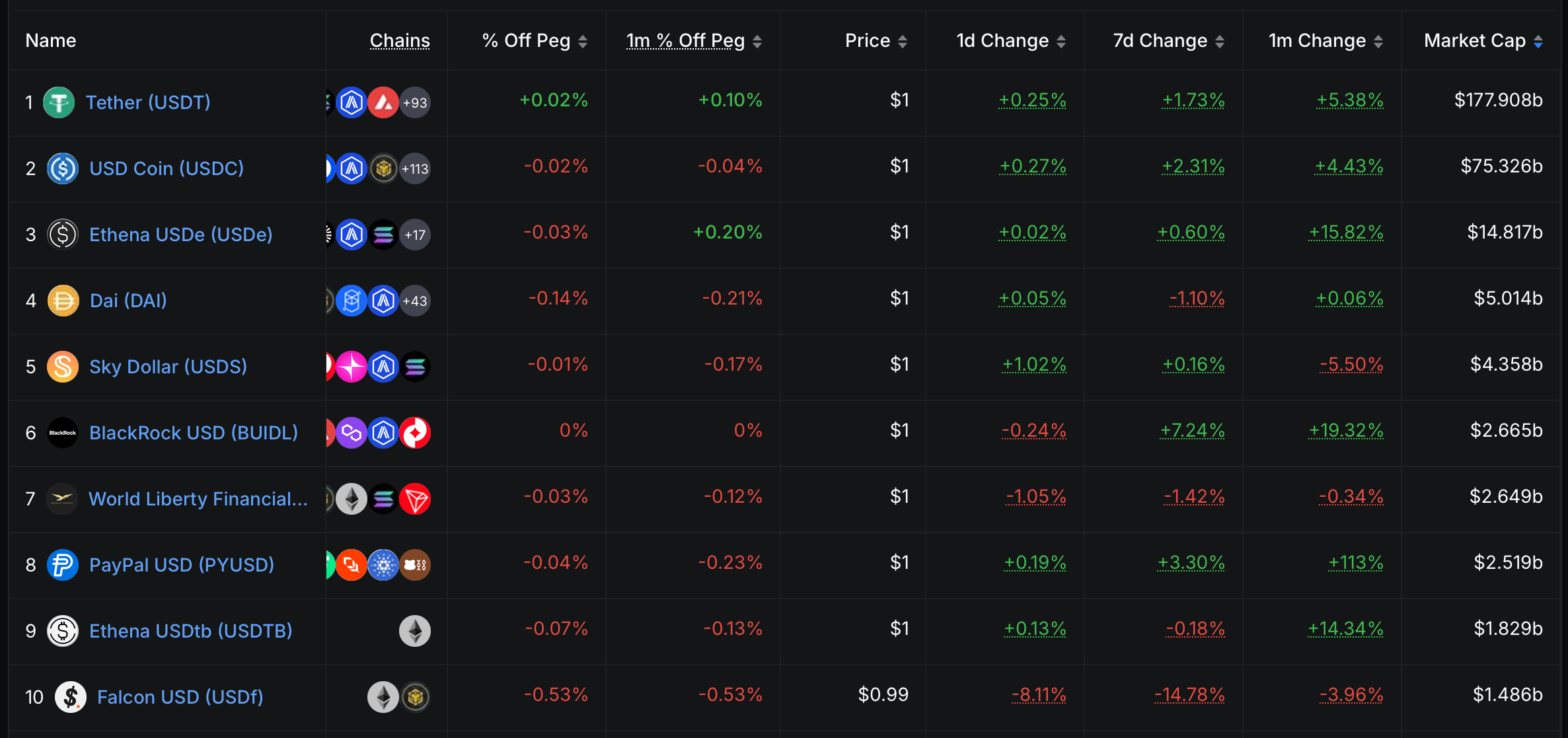Roughrider Coin is North Dakota’s dollar‑backed stablecoin launching in 2026 through a partnership between the Bank of North Dakota and Fiserv. It will be available to state banks and credit unions and is designed for interbank settlement, merchant payments and cross‑border transfers with reserve backing.
-
State-backed stablecoin issued by the Bank of North Dakota in partnership with Fiserv.
-
Planned availability to North Dakota banks and credit unions in 2026 for interbank and merchant use.
-
Fiserv’s digital asset platform (processed ~35 billion merchant transactions in 2022) will host Roughrider Coin and aims for interoperability with other stablecoins.
Roughrider Coin: North Dakota’s dollar-backed stablecoin launching in 2026 with Fiserv. Built for banks, merchants and cross-border payments-read rollout.
North Dakota will issue Roughrider Coin, a US dollar–backed stablecoin developed by the Bank of North Dakota in partnership with payments firm Fiserv. The token is scheduled for rollout to state banks and credit unions in 2026 to support interbank settlement, merchant payments and cross‑border movement.
What is Roughrider Coin and who is issuing it?
Roughrider Coin is a dollar-backed stablecoin being developed by the Bank of North Dakota with Fiserv and is set to launch in 2026. The token is intended for banks and credit unions within North Dakota to facilitate faster settlement, merchant payments and cross-border transfers while being fully backed by US dollar reserves.
How will Roughrider Coin be used by financial institutions?
The token is designed for three primary use cases: interbank transactions, merchant payments and cross‑border money movement. Availability will begin with North Dakota banks and credit unions, enabling instant or near‑instant settlement between participating institutions and streamlined reconciliation for merchants.
Fiserv’s digital asset platform will host Roughrider Coin. Fiserv processed an estimated 35 billion merchant transactions in 2022 and launched its white‑label stablecoin offering in June; Roughrider Coin will operate on that system and is expected to be interoperable with other dollar‑pegged tokens.
Why is North Dakota issuing a state-backed stablecoin?
North Dakota aims to modernize payment rails and improve liquidity for local banks and credit unions. The Bank of North Dakota, founded in 1919 and the nation’s only state‑owned bank, manages just over $10 billion in assets and reinvests profits into state programs and economic development.
Governor Kelly Armstrong said issuing a stablecoin “backed by real money” signals a cutting‑edge approach to building a secure, efficient financial ecosystem for citizens. The coin’s name references Theodore Roosevelt’s Rough Riders and the state’s historical ties to Roosevelt.
When will Roughrider Coin launch and how does it compare to other state tokens?
Roughrider Coin is slated for availability in 2026 for North Dakota financial institutions. It follows Wyoming’s Frontier Stable Token (FRNT) and joins a growing set of state‑issued and private stablecoins aiming to serve niche institutional and commercial needs.

Recent entrants include platform‑specific tokens such as USDH (launched by Hyperliquid and issued by Native Markets) and concepts like NET Dollar from Cloudflare for AI‑driven programmable payments. Hyperliquid reported more than $330 billion in trading volume in July, reflecting high activity in specialized markets.
Industry voices characterize the expanding stablecoin ecosystem as maturation rather than disorder. “If more teams are looking to launch or utilize stablecoins, it means that stablecoins are succeeding in solving problems for businesses and users,” said Austin Ballard, partnerships manager at Offchain Labs. This quote is reported as plain text.
Frequently Asked Questions
Is Roughrider Coin legal tender in North Dakota?
Roughrider Coin is a state‑issued stablecoin backed by the Bank of North Dakota and intended for institutional use; it is not legal tender like the US dollar but is designed to represent dollar value for settlement and payments.
How will custody and reserve transparency be handled?
Bank of North Dakota and Fiserv will operate custody and reserve mechanisms. Public statements indicate reserves back supply, while operational controls and audits will govern transparency—specific audit schedules and attestation details will be released by the issuers.
Key Takeaways
- State-issued stablecoin: Roughrider Coin is being launched by the Bank of North Dakota with Fiserv for institutional payment use in 2026.
- Practical use cases: Focused on interbank settlement, merchant payments and cross‑border transfers for North Dakota banks and credit unions.
- Market context: The token arrives amid expanding stablecoin issuance, with interoperability and compliance central to adoption.
Conclusion
Roughrider Coin positions North Dakota to test a state‑backed, dollar‑pegged stablecoin tailored for local banks, merchants and cross‑border flows. With Fiserv’s infrastructure and the Bank of North Dakota’s institutional role, the project aims to prioritize reserve backing, interoperability and operational controls. Watch for official rollout details and audit disclosures ahead of the 2026 launch.
